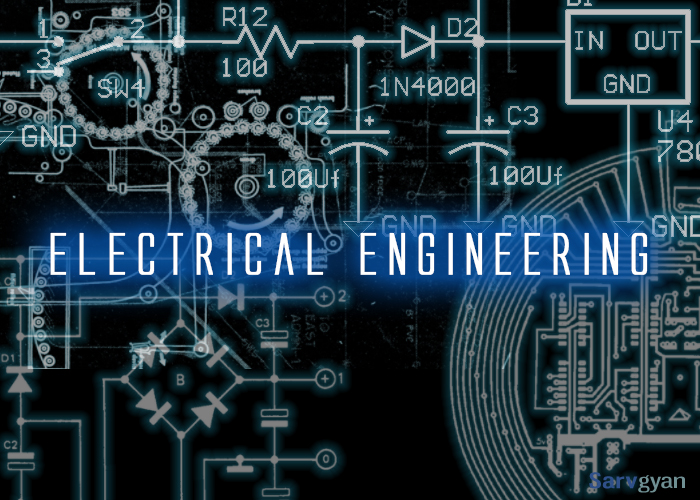Introduction:
Steep- Front Impulse Voltages for non- ceramic insulators in design Tests :
To apply impulses here the NCI'S must be fitted with electrodes at two end points with the section gap between the two electrodes should not be greater than 50 CM. The Insulator should be stressed by applying 25 impulse shots and should be observed no practical puncture take place after flashing 25 impulse shots on the insulator sample both in negative and positive polarity. The flash over should takes place between the two electrodes externally for each individual impulse shot.
Condition for Steepness :
The steepness of the impulse wave should be at least 1 Kv/ns or 1000 kv/micro sec.
The section gap should not be greater than 50 cm.
The average FOV(Flash over voltage) should not be less than 90 % of the initial reference value and a value of 80 % must be maintained without Puncture for 30 minutes.
Assumption :
It is assumed that applying of impulses faster than 1 Kv/ns increases the probability of causing damage to core - housing interface but in contrast it is observed that increasing of steepness also increases the probability of causing damage to the healthy insulator.
Steep front setup :
Purpose :
The purpose of conducting the steep front impulse Test is to detect the defects on the interfacial surfaces of manufactured Insulators.
Observation :
Even the insulator passed under test of 1 kv/ns found to be PUNCTURED when the steepness of the impulse is increased to 4kv/ns .
Practical video footage of steep front impulse test :
Conclusion :
How ever the rate of defectiveness in an insulator is acceptable for the latter to pass the design test and will be tolerable in service ? is unanswered.
Insulators are playing a crucial role in transmission and distribution of power, hence it is pretty important to take care or to protect them from technological faults and design faults. The major faults occur between the microscopic and macroscopic interfaces.
The major interfaces are between core and the housing and as well between end fitting-housing interfaces. so most of the high voltage faults were concentrated at these interfaces.
proper standards are required to eliminate the faulty designs and technological faults, Earlier we have standard 1109 which is now named after 61109 which mainly deals with test methods, acceptance criteria, for composite insulators for all AC OVERHEAD lines with VOLTAGE greater than 1000 v.
To apply impulses here the NCI'S must be fitted with electrodes at two end points with the section gap between the two electrodes should not be greater than 50 CM. The Insulator should be stressed by applying 25 impulse shots and should be observed no practical puncture take place after flashing 25 impulse shots on the insulator sample both in negative and positive polarity. The flash over should takes place between the two electrodes externally for each individual impulse shot.
Condition for Steepness :
The steepness of the impulse wave should be at least 1 Kv/ns or 1000 kv/micro sec.
The section gap should not be greater than 50 cm.
The average FOV(Flash over voltage) should not be less than 90 % of the initial reference value and a value of 80 % must be maintained without Puncture for 30 minutes.
Assumption :
It is assumed that applying of impulses faster than 1 Kv/ns increases the probability of causing damage to core - housing interface but in contrast it is observed that increasing of steepness also increases the probability of causing damage to the healthy insulator.
Steep front setup :
Purpose :
The purpose of conducting the steep front impulse Test is to detect the defects on the interfacial surfaces of manufactured Insulators.
Observation :
Even the insulator passed under test of 1 kv/ns found to be PUNCTURED when the steepness of the impulse is increased to 4kv/ns .
Practical video footage of steep front impulse test :
Conclusion :
How ever the rate of defectiveness in an insulator is acceptable for the latter to pass the design test and will be tolerable in service ? is unanswered.









![[IMG]](https://lh3.googleusercontent.com/-_RFMLe4jRbw/VP3hY1udjRI/AAAAAAAAAOo/m-XKBxLsQao/w236-h216-no/Capacitive%2BTransformer.jpg)











